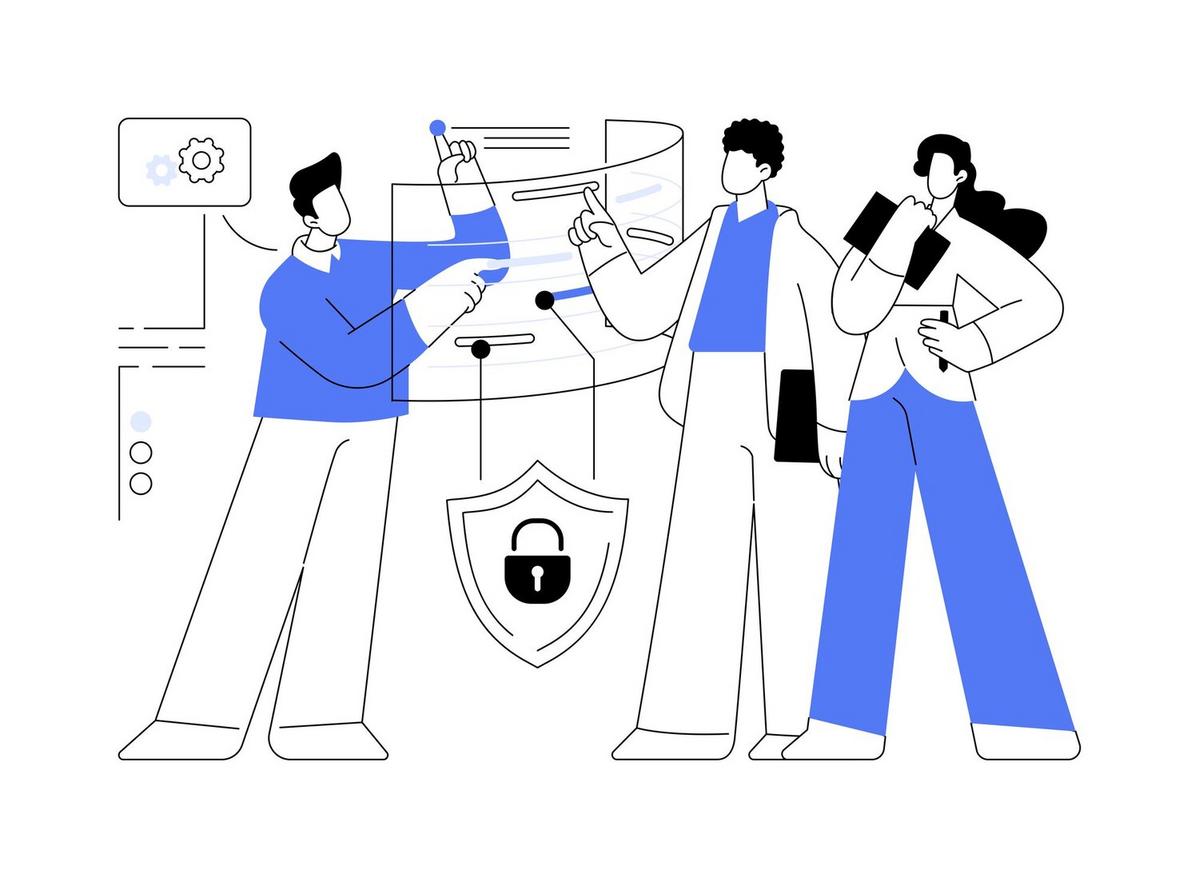
Understanding Digital Footprints: Protecting Personal Information Online
In an era where our lives are increasingly intertwined with digital technology, understanding the concept of digital footprints is more crucial than ever. As we navigate the online world, we leave traces of our personal information, which can be both beneficial and potentially harmful if not managed properly.
Digital footprints are the trails of data we leave behind as we use the internet. These can include anything from social media posts to online transactions. According to a study by the Pew Research Center, over 81% of Americans feel they have little or no control over the data companies collect about them. This highlights the importance of being aware and proactive in managing our digital presence.
Understanding Digital Footprints
Digital footprints can be categorized into two types: passive and active. Passive footprints are those we leave unintentionally, such as websites tracking our visits through cookies. Active footprints, on the other hand, are created when we intentionally share information online, such as posting on social media or filling out online forms.
Expert Insights
Cybersecurity expert Bruce Schneier once said, “Surveillance is the business model of the internet.” This emphasizes the need for individuals to be vigilant about their data privacy. Understanding how digital footprints are formed and used is a step toward protecting personal information.
Statistics and Research
Research from the International Data Corporation (IDC) shows that by 2025, the global data sphere will reach 175 zettabytes. With such vast amounts of data being generated, managing digital footprints becomes increasingly complex.
| Type | Description |
|---|---|
| Passive Footprint | Unintentional data left behind, such as browsing history |
| Active Footprint | Intentional data shared online, such as social media posts |
| Cookies | Small files stored on a device by a website to track user activity |
| IP Address | Unique address that identifies a device on the internet |
| Metadata | Data that provides information about other data, like location tags in photos |
| Search History | Record of searches made using search engines |
| Online Transactions | Data generated from buying goods and services online |
| Social Media Interactions | Data from likes, shares, and comments on social platforms |
Practical Tips for Protecting Your Digital Footprint
- Regularly review privacy settings on social media platforms.
- Use strong, unique passwords for different accounts.
- Be cautious about the information you share online.
- Utilize privacy-focused tools like VPNs to protect your browsing activity.
- Regularly clear your browsing history and cookies.
Consider using a password manager to keep track of your passwords securely, making it easier to have a unique password for each account.
Frequently Asked Questions
What is a digital footprint?
A digital footprint is the data that is left behind when you use the internet, either intentionally or unintentionally.
How can I reduce my digital footprint?
You can reduce your digital footprint by being mindful of the information you share online, regularly reviewing privacy settings, and using protective tools like VPNs.
Why is it important to manage my digital footprint?
Managing your digital footprint is crucial to protect your personal information from being misused or accessed without your consent.
Conclusion
Understanding and managing your digital footprint is essential in today’s digital age. By taking proactive steps, you can protect your personal information and maintain control over your online presence. Remember, staying informed and vigilant is key to safeguarding your digital identity.


